Lenovo's ThinkStation PX is a desktop data centre worth the hype
Lenovo's ThinkStation PX, P7 and P5 are workstations that can be used at home, in the office, or in a data centre rack – now we’re talking
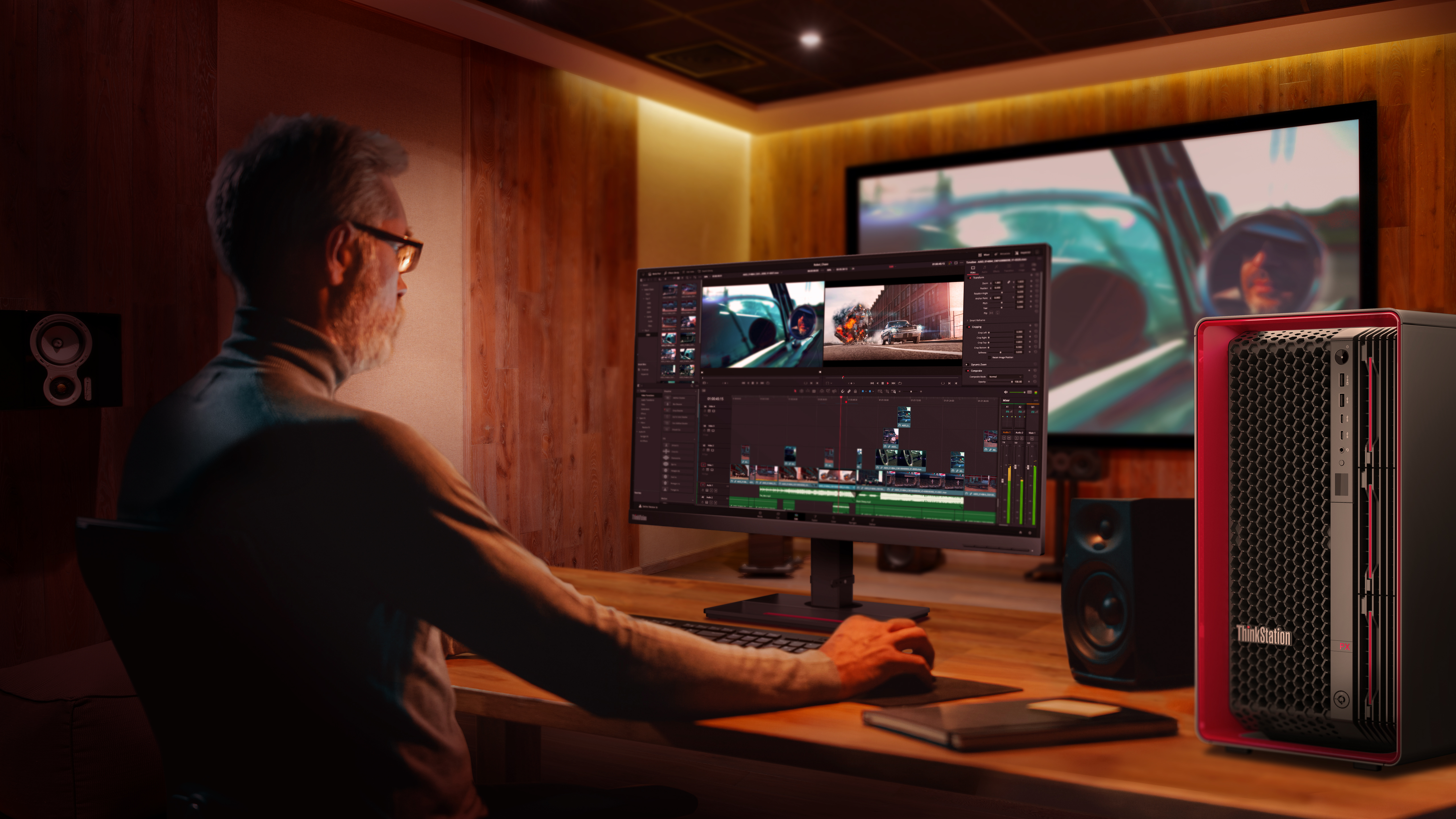

Most modern hardware is launched with a certain level of hyperbole. Every new release – phones, laptops and even processors – it’s the smartest, the fastest, the greenest or simply the best yet. Lenovo, however, has just launched a workstation packed with so much computational power, it might actually be underselling it.
The ThinkStation PX, launched alongside the P5 and P7, is described as a ‘desktop data centre’. Its chassis is co-designed with UK luxury car manufacturer Aston Martin, and beyond some contractual obligation to market it with that partnership in mind, Lenovo has integrated a three-channel cooling system to allow for unobstructed airflow. Even though I’m a huge nerd for Bond films, I’m telling you to put the P series’ striking DBS-inspired 3D grill chassis to one side and dive straight into the inners of this workstation, where the real business interest lies.
Inside the Lenovo ThinkStation PX, P7 and P5
As great as the design might be, take a look at the power; oh so much power. The ThinkStation – on first impression – is more powerful than it probably needs to be. It’s rare to my mind that a computer is released with two of the highest-end processors from Nvidia and Intel.
Usually one is newer or stronger than the other, but the ThinkStation PX has the latest Intel 4th Gen Xeon Scalable processor with 120 CPU cores, no less, and support for up to four dual-slot Nvidia RTX 6000 Ada Generation GPUs – these have the memory necessary to work with massive datasets and workloads for things like data science and simulation. This comes alongside 2TB DDR5 RAM and room for seven 4TB NVMe and two 12TB SATA storage units. Imagine all of this on your desk.
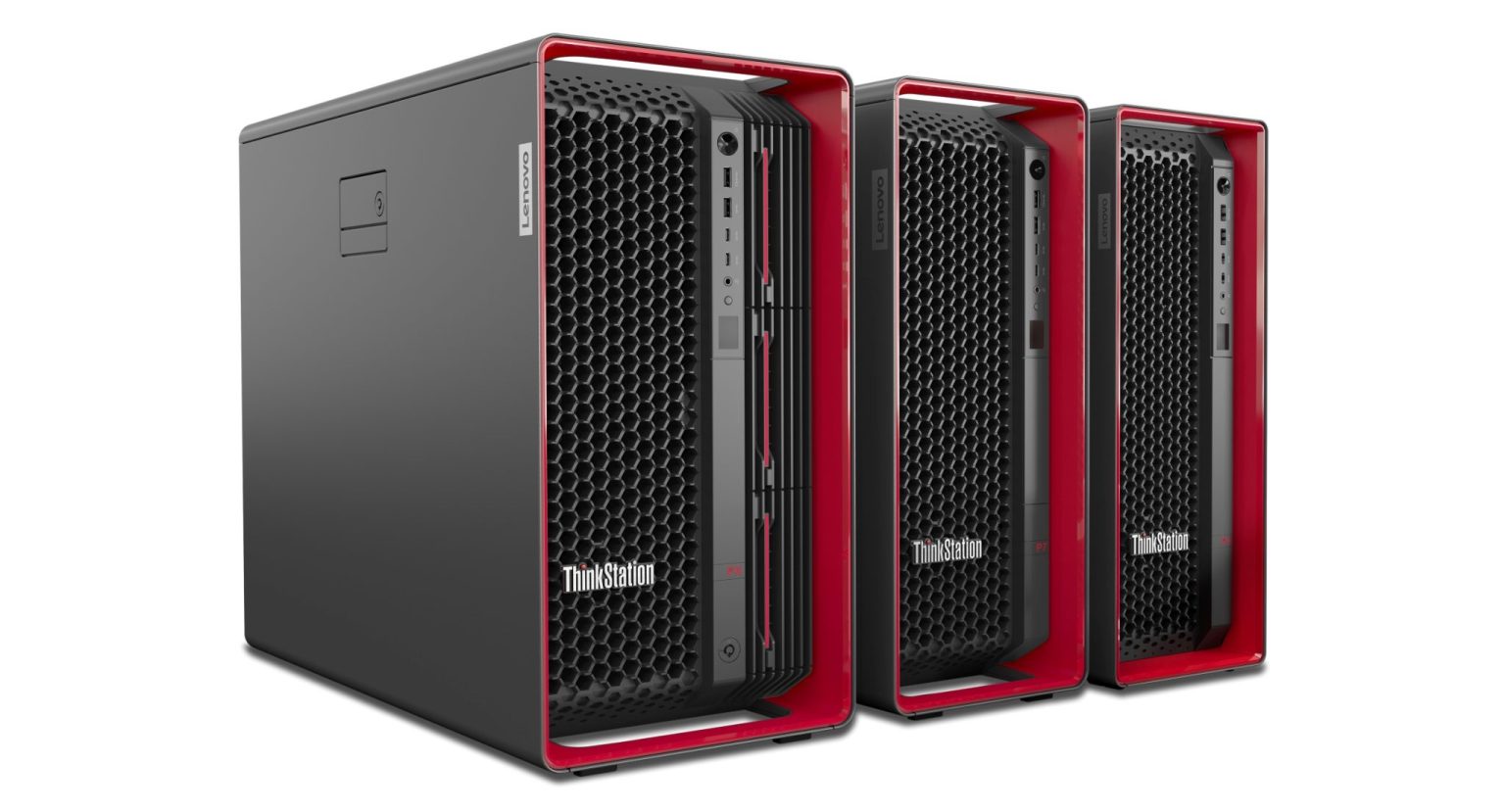
Even the smaller models – the ThinkStation P7 and ThinkStation P5 – house processing chops that will render almost every other desktop manufacturer green with envy. The major differences between the three models are the physical size, and amount of power expressed through the components.
Contrasting with the higher end PX, the entry-level P5 comes with a Xeon W-2400 with up to 24 cores, alongside room for two Nvidia RTX A6000 GPUs. Storage can comprise up to three 4TB NVMe and up to three 12TB SATA, paired with 512GB DDR5 RAM. The mid-range P7, meanwhile, uses the Xeon W-3400 CPU with up to 56 cores, as dwell as room for three Nvidia RTX 6000 Ada GPUs. This is alongside up to 1TB DDR5 RAM and four 4TB NVMe and three 12TB SATA units for storage.
Just a week ago I was lamenting the lack of business-focused innovation from Lenovo. The firm rocked up to MWC 2023 with a laptop proof of concept where the screen could be made taller (rollable display meets rollable eyes). I didn’t see the business use case there, but I certainly see it here with the ThinkStation PX; it’s pure, uncut computational power.
Get the ITPro daily newsletter
Sign up today and you will receive a free copy of our Future Focus 2025 report - the leading guidance on AI, cybersecurity and other IT challenges as per 700+ senior executives
Data centre power at your desk
RELATED RESOURCE
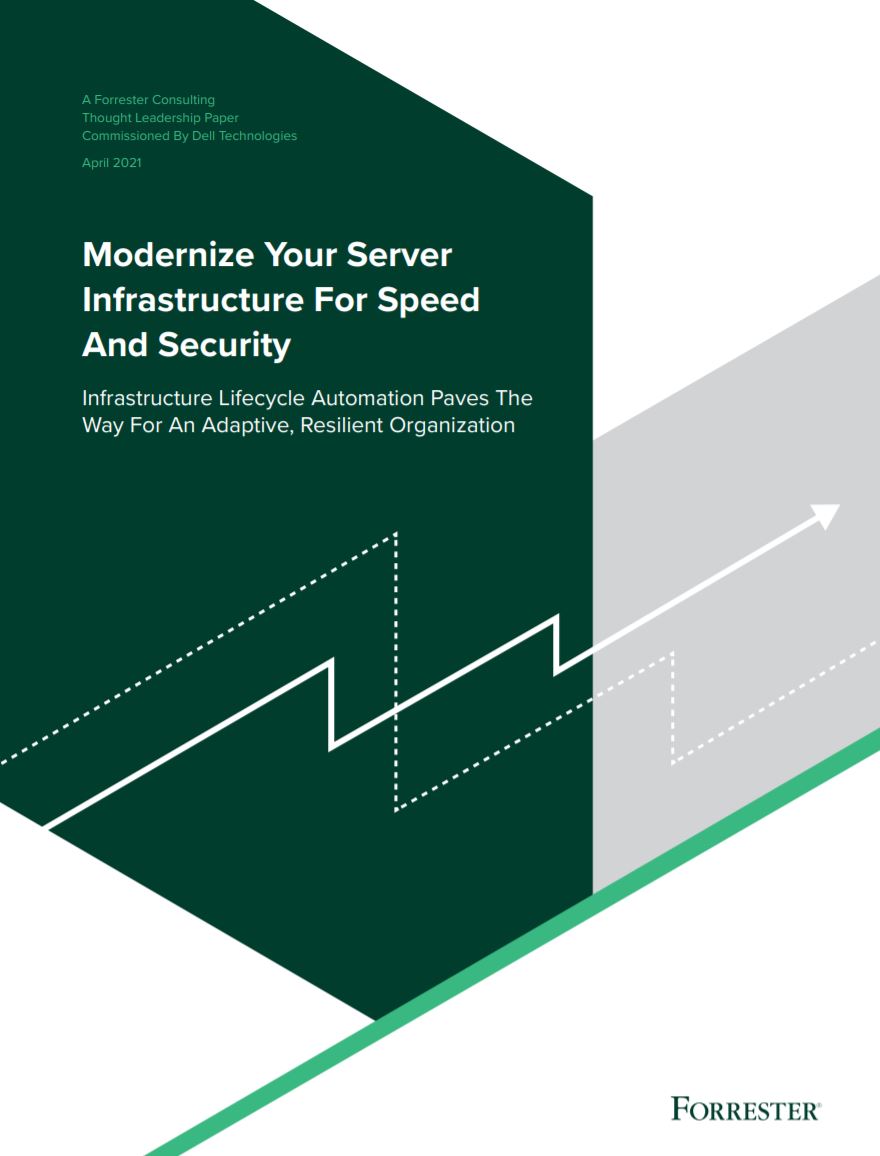
Modernise your server infrastructure for speed and security
Infrastructure lifecycle automation paves the way for an adaptive, resilient organisation
FREE DOWNLOAD
What calls for such a monstrously powerful workstation? Our jobs, unfortunately. They’ve gotten too complex, too challenging, and very demanding. Indeed, some of us need artificial intelligence (AI) just to get by; think data scientists and engineers using massive datasets the humble human brain cannot even begin to fathom.
At MWC 2023, Huawei’s storage expert Dr Peter Zhou noted the amount of data businesses generate annually by 2030 will be measured in yottabytes. This explosion of data has happened across industries and fundamentally changed how we work, according to Lenovo. The company is confident in this assessment because it asked customers for feedback and they told them exactly what they wanted – more power.
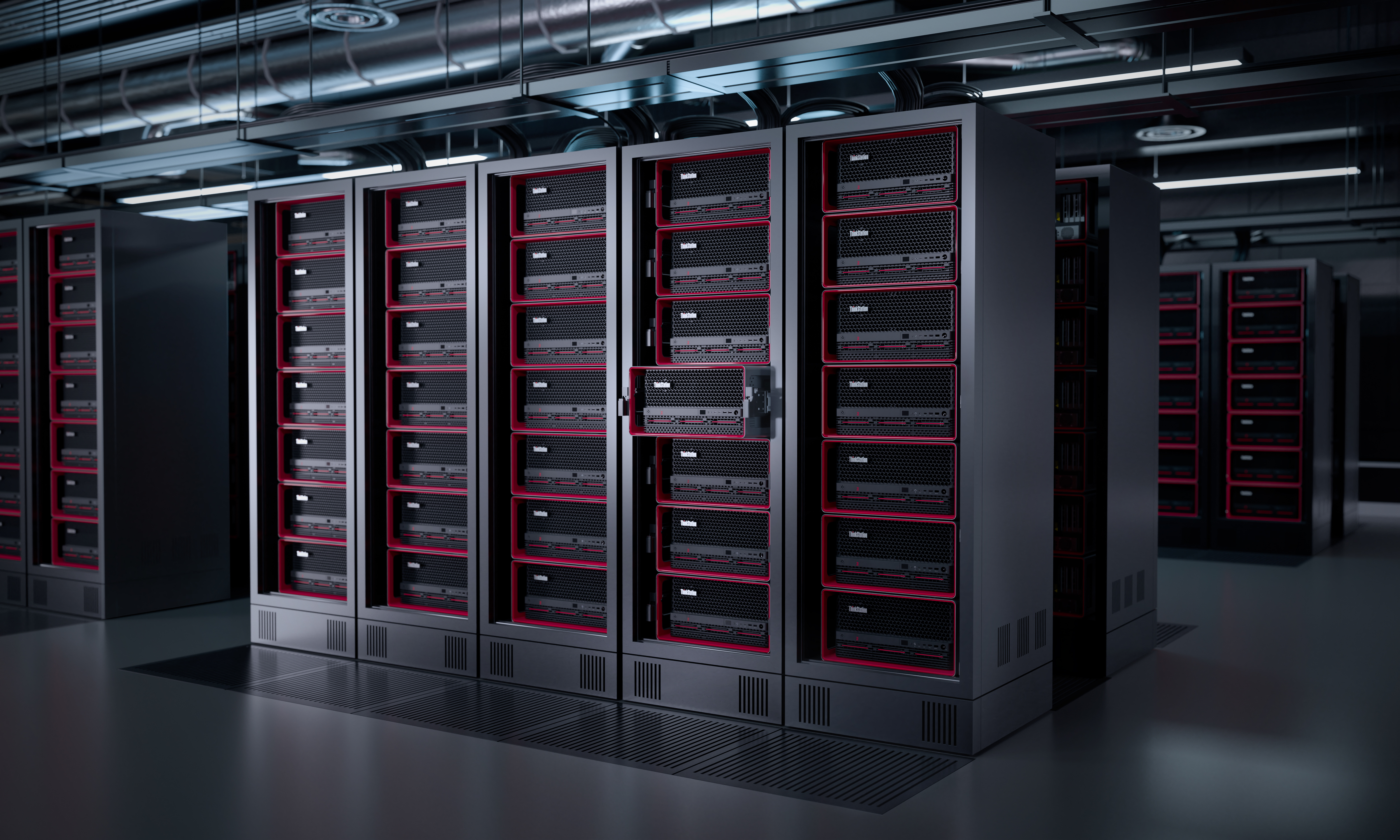
I’m trying not to delve into the metaverse, Web3 or any virtual reality (VR) stuff here, but these are also reasons we need more juice, and the ThinkStation PX does seem to have a clear market identity for those types of use cases.
During its presentation, Lenovo demonstrated the ThinkStation PX’s digital twin – a virtual replication of the hardware the company used to tweak the design and map out its capabilities. It was hard not to be impressed as the firm spun the design around, detailed its clever cooling system and slid out its virtual storage compartments.
The whole unit is designed for data centre use. It has the flexibility to work on a desk at home, or in the office – or even in a rack at a data centre – with a seamless transition between each scenario, according to its maker. The unit slots into a standard rack – it comes with sliding rail kits – and has front access storage. This means it won’t look out of place in a data centre rack, but it might also catch a few glances in the office with its fancy red trim.
My god, I want one. I don’t even have that much computational need, I’m merely a hard, but this seems as close to the whole ‘personal supercomputer’ marketing ploy as we've ever seen. I just love the sound of it; data centre power on the desk of your average worker. There aren’t any pricing details yet, so it’s presumably going to cost you (or your employer) an arm and a leg, but surely that’s a worthwhile investment to future-proof against the mountains of data we’ll all soon be working with.
Bobby Hellard is ITPro's Reviews Editor and has worked on CloudPro and ChannelPro since 2018. In his time at ITPro, Bobby has covered stories for all the major technology companies, such as Apple, Microsoft, Amazon and Facebook, and regularly attends industry-leading events such as AWS Re:Invent and Google Cloud Next.
Bobby mainly covers hardware reviews, but you will also recognize him as the face of many of our video reviews of laptops and smartphones.
-
 Bigger salaries, more burnout: Is the CISO role in crisis?
Bigger salaries, more burnout: Is the CISO role in crisis?In-depth CISOs are more stressed than ever before – but why is this and what can be done?
By Kate O'Flaherty Published
-
 Cheap cyber crime kits can be bought on the dark web for less than $25
Cheap cyber crime kits can be bought on the dark web for less than $25News Research from NordVPN shows phishing kits are now widely available on the dark web and via messaging apps like Telegram, and are often selling for less than $25.
By Emma Woollacott Published
-
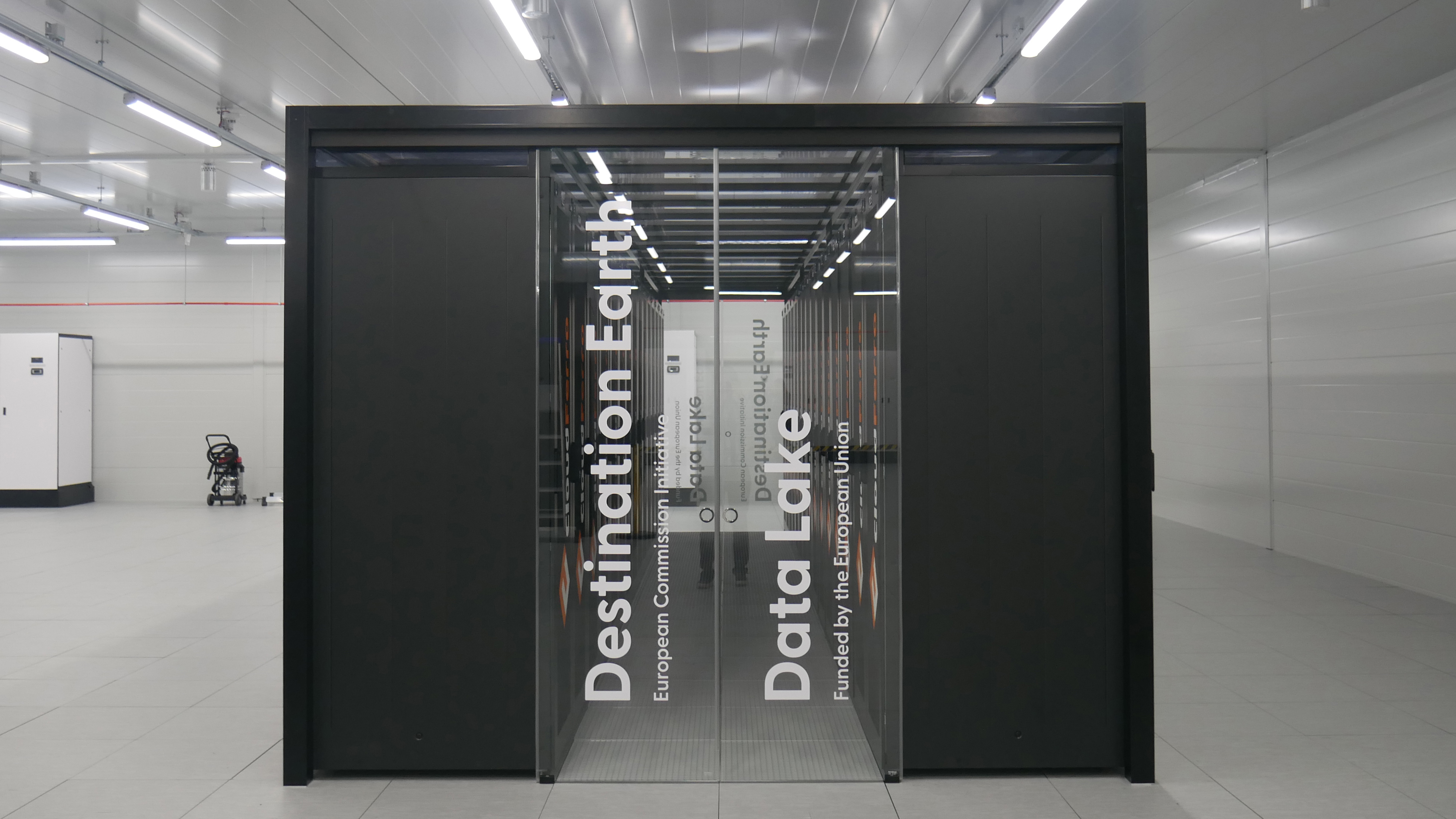 Supercomputing in the real world
Supercomputing in the real worldSupported Content From identifying diseases more accurately to simulating climate change and nuclear arsenals, supercomputers are pushing the boundaries of what we thought possible
By Rory Bathgate Published
-
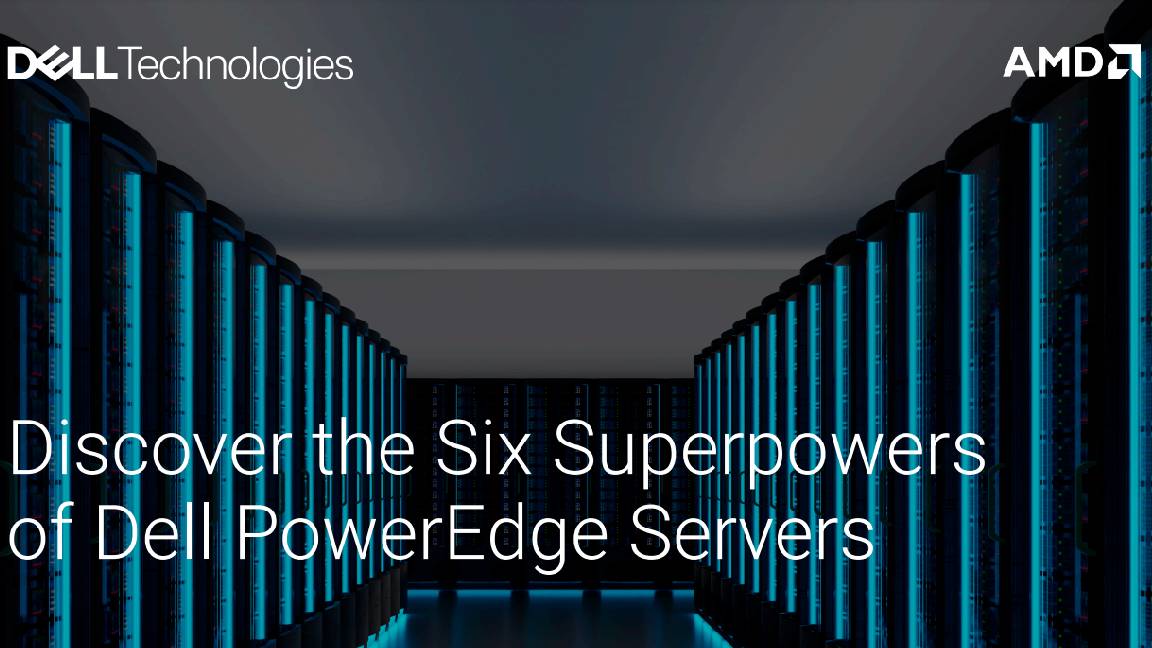 Discover the six superpowers of Dell PowerEdge servers
Discover the six superpowers of Dell PowerEdge serverswhitepaper Transforming your data center into a generator for hero-sized innovations and ideas.
By ITPro Published
-
 How can IT teams best deliver value?
How can IT teams best deliver value?whitepaper How can IT teams best deliver value?
By ITPro Published
-
 Looking to streamline IT transformation? Here's how.
Looking to streamline IT transformation? Here's how.whitepaper Looking to streamline IT transformation? Here's how.
By ITPro Published
-
 Enhance end-to-end data security with Microsoft SQL Server, Dell™ PowerEdge™ Servers and Windows Server 2022
Enhance end-to-end data security with Microsoft SQL Server, Dell™ PowerEdge™ Servers and Windows Server 2022whitepaper How High Performance Computing (HPC) is making great ideas greater, bringing out their boundless potential, and driving innovation forward
By ITPro Last updated
-
 Dell PowerEdge Servers: Bringing AI to your data
Dell PowerEdge Servers: Bringing AI to your datawhitepaper How High Performance Computing (HPC) is making great ideas greater, bringing out their boundless potential, and driving innovation forward
By ITPro Last updated
-
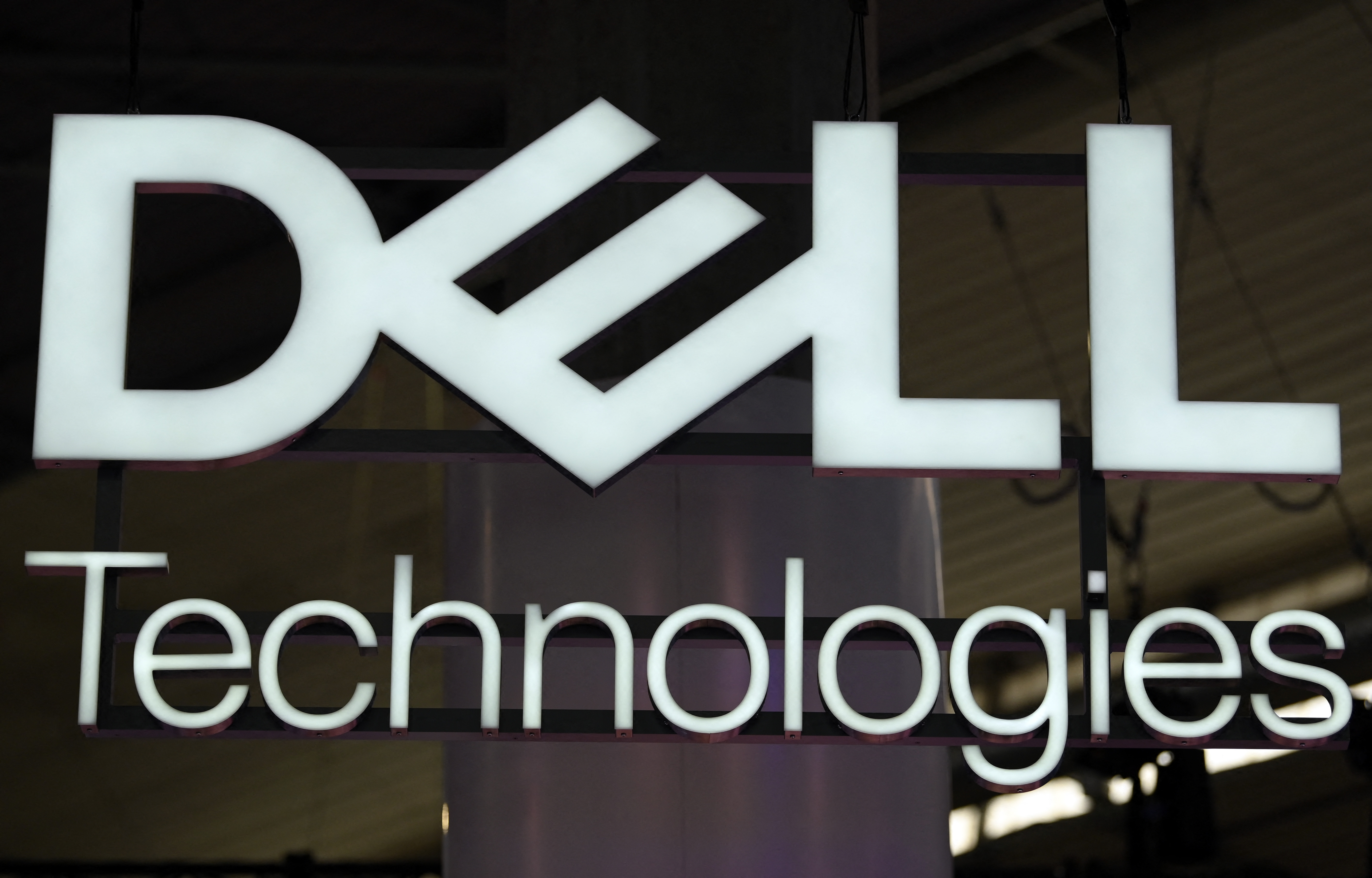 Dell Technologies AI Fabric with Dell PowerSwitch, Dell PowerEdge XE9680 and Broadcom stack
Dell Technologies AI Fabric with Dell PowerSwitch, Dell PowerEdge XE9680 and Broadcom stackwhitepaper How High Performance Computing (HPC) is making great ideas greater, bringing out their boundless potential, and driving innovation forward
By ITPro Published
-
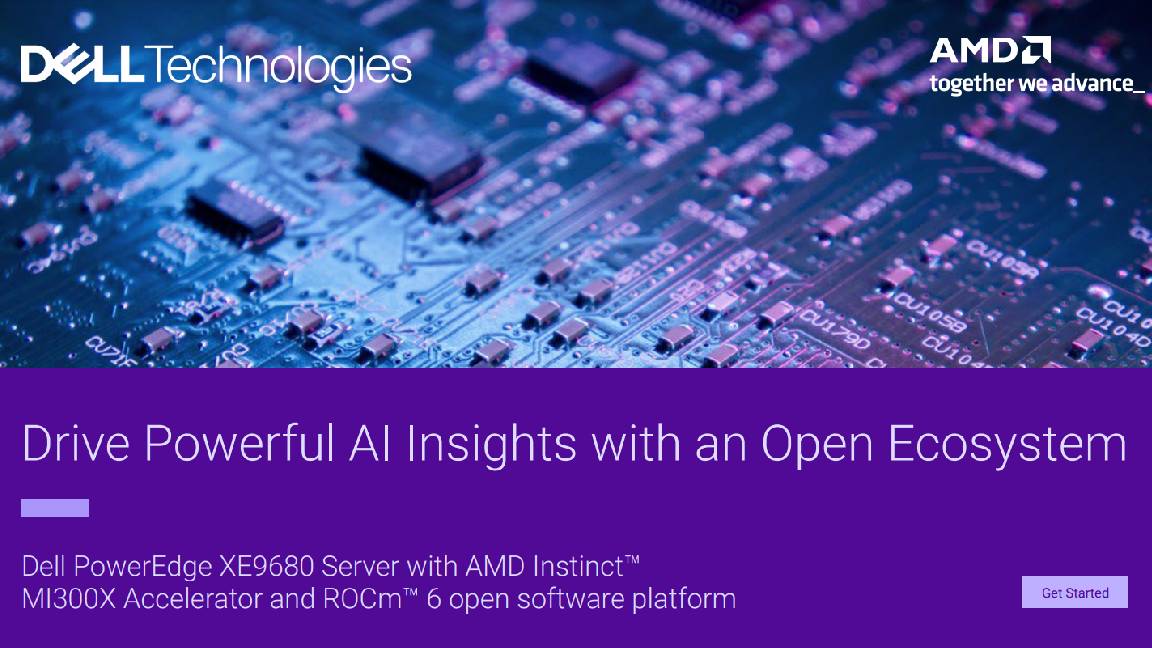 Drive powerful AI insights with an open ecosystem
Drive powerful AI insights with an open ecosystemwhitepaper Dell PowerEdge XE9680 server with AMD Instinct™ MI300X Accelerator and ROCm™ 6 open software platform
By ITPro Last updated